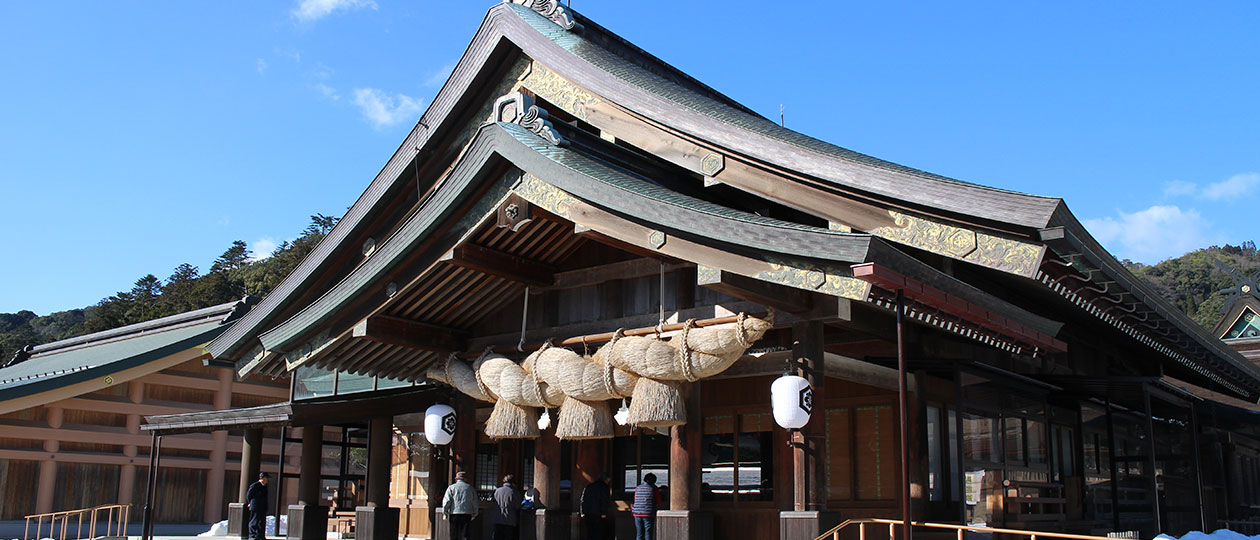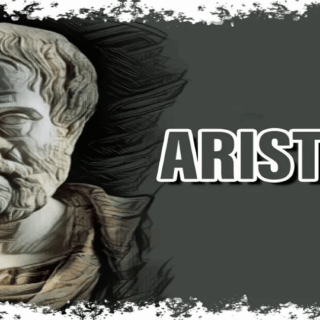
In Shinto, the term jinja is used for a shrine, or more literally the dwelling place of Kami. Many people probably have a mental picture of a building whenever they think of a Shinto shrine.
It is said that we now have 80,000 such buildings in Japan, of which 6,000 have resident kannushi (Shinto masters).Out of these, 280 shrines are famous and called kanpei-sha. These are shrines with a high status because of their relation with upper class families, including the emperor’s. There are also kokuhei-sha shrines, which mean shrines supported by local governments.
When foreigners first visit Japan, they often find it hard to tell the difference between Shinto shrines and Buddhist temples. Nowadays a growing number of young Japanese also seem to be unable to tell the difference. It is true that we have only a few remaining elements in a shrine which are unique to Shinto and show obvious differences with Buddhism — for example, marks or symbols such as the torii (gate), shi-menawa (plaited straw rope to protect the shrine), a sacred mirror, and hakuhei (paper cut in a particular form). But there are sometimes Buddhist temples that also include a shrine for a tutelary deity or a guardian deity as well as the typical Buddhist iconography. This creates even more confusion for some people. There are also various styles of shrine buildings, some of which do not have a chigi or a katsuogi, which are usually distinguishing features of a Shinto shrine.
There are good reasons for this seemingly strange state of affairs. To begin with, shrines were built in imitation of the early Japanese Buddhists, who began constructing temples. Then, during the middle ages, Buddhist ideas gradually blended with the way of Kami, and so their rituals acquired similar characteristics. Originally, however, Shinto did not have a building or mirror to mark the sacred area.
In the present Shinto practice, a building is used for worship in which is placed a symbolic object called goshintai. The literal meaning of goshintai is “the body of Kami.” It is a material object representing the spirit of Kami (shinrei). Like a body it contains the spirit of Kami when it comes down to manifest its presence in this world. Buildings containing goshintai are considered as places where Kami reside. In the original Shinto tradition, however, Kami neither reside permanently in buildings nor in goshintai. In the past, at the proper time, people created a proper sacred place, celebrated and worshipped there, and welcomed the spirit of Kami.
(To be continued)…





